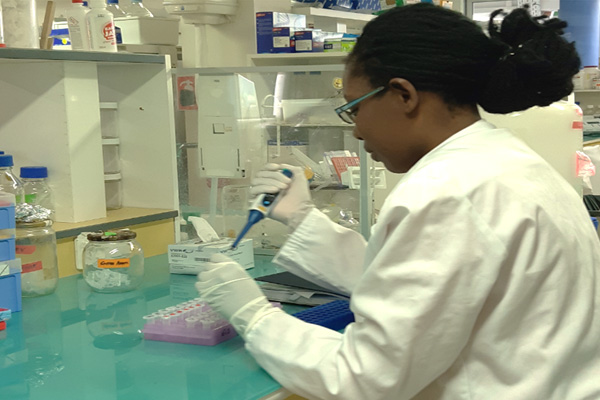The arbuscular mycorrhizal fungi (AMF) communities of plantain rhizosphere soils were investigated by Illumina MiSeq technology. We analyzed the possible correlation between soil characteristics, AMF abundance and community composition in plantain field soils within three different agro-ecological zones. We used principal component analysis to test the relative contribution of each agro-ecological zone in explaining AMF community composition variation in field soils. Pearson correlations were used to identify the soil properties that significantly explained AMF community compositions within the three zones. The results showed that despite the fact that the three zones exhibited contrasted soils, AMF communities within the three zones were dominated by Glomeraceae, with Rhyzophagus as the main genus (72.75% of AMF identified genera). Soil types determined the distribution of AMF communities in plantain field soils, and this effect was attributed to total phosphorus, organic matter, Ca2+, Mg2+ and Na+.
Keywords: Glomeromycota, diversity, Illumina Miseq, Plantain, Rhyzophagus
Les communautés des champignons mycorhiziens à arbuscules (CMA) des sols de la rhizosphère du bananier plantain ont été étudiées par la technologie Illumina MiSeq. Nous avons analysé la corrélation possible entre les caractéristiques du sol, l’abondance et la composition des communautés CMA dans les sols de bananiers plantains dans trois zones agro-écologiques différentes. Nous avons utilisé une analyse en composantes principales pour tester la contribution relative de chaque zone agro-écologique à l'explication de la variation de des communautés de CMA. Les corrélations de Pearson ont été utilisées pour identifier les propriétés du sol qui expliqueraient de manière significative la composition des communautés de CMA dans les trois zones. Les résultats ont montré que, malgré le fait que les trois zones présentaient des sols contrastés, les communauté des CMA dans les sols des champs de plantains étaient dominée par la famille des Glomeraceae, Rhyzophagus étant le genre principal (72,75% des genres identifiés). Le type de sol a déterminé la distribution des communautés de CMA dans les sols de bananier plantain, et cet effet a été attribué au phosphore total, à la matière organique, au Ca2+, au Mg 2+ et au Na+.
Mots clés:Glomeromycota, diversité, Illumina Miseq, Plantain, Rhyzophagus
https://doi.org/10.26167/0JBY-9Z80
Received: April 11th 2019 Revised:June 2nd 2019 Accepted:June 2nd 2019 Published: June 26th 2019

infosim@sim-ivoire.com
+225 43 85 33 32 / 57 11 13 72
08 BP 2300 Abidjan 08
Views:
Download:
